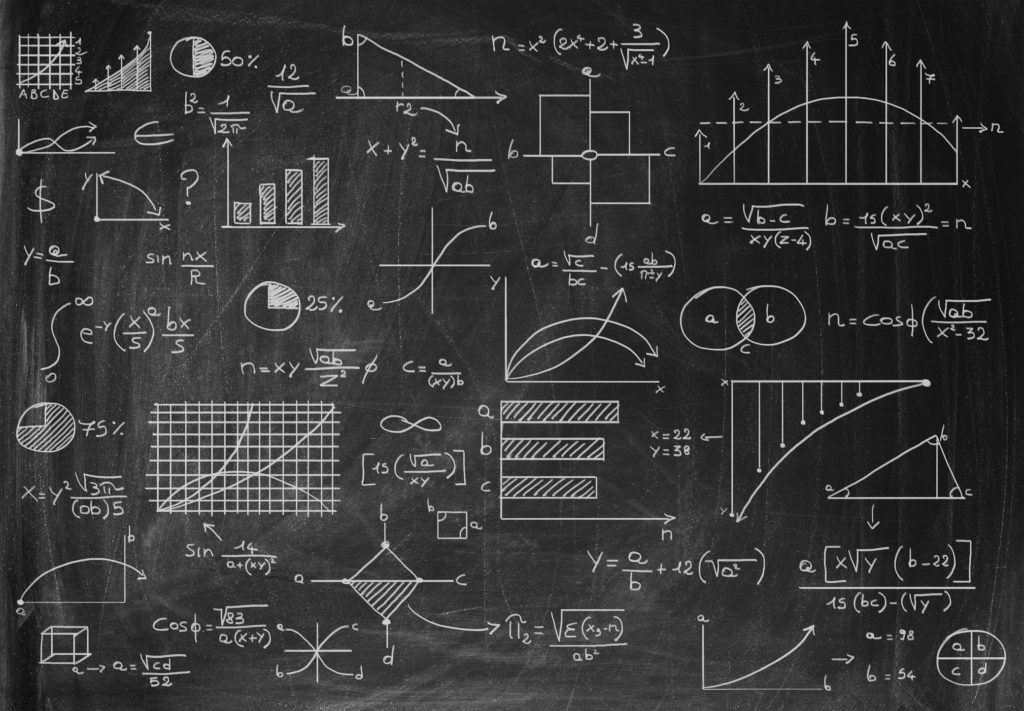0.3. 👩🏻🏫 Mathematical Language - JulTob/Mathematics GitHub Wiki
🏗️ Mathematics transcends mere calculation. At its core, mathematics is about logic, reasoning, and establishing truth with precision and clarity.

🏛 Mathematics intertwines closely with philosophy, particularly through logic—the art and science of correct reasoning. It deals with the principles of reasoning and inference.
🎯 In mathematics, logic helps us ensure the soundness of arguments, proofs, and mathematical reasoning, enabling mathematicians to establish the validity of statements and proofs, acting as the vigilant guardian of mathematical truth.
🔑 "In mathematics, the art of asking questions is more valuable than solving problems."
- Georg Cantor}
- 🧩 Deductive Logic: Like assembling a puzzle, deductive logic methodically connects known truths (premises) to unveil new truths (conclusions), step by step.
- 🏰 Axioms are the fundamental rules and assumptions, like the laws of physics within a mathematical universe, that shape and define entire systems of mathematics.
- 🔨 Paradoxes highlight the boundaries of logical systems, much like reaching the edge of a map: beyond lies uncertainty. Gödel’s Incompleteness Theorems famously demonstrated inherent limits to knowledge within any sufficiently complex axiomatic system.
📖 Mathematics isn’t just about equations. It's a language that describes the world.
🗯 An
- 🕵🏻♂️ Expressions enable calculations to discover unknown values.
- 🖇 Coefficient: When a number multiplies a variable (like
$6d$ ), the number$(6)$ is the coefficient.
📌 A constant is a number that remains fixed in an expression. For example, in 6 x + 4, the constant is
🧷 An expression is made up of one or more
- 🔴 A number by itself
$(5)$ . - 🟠 A single variable
$(x)$ . - 🟢 The product of a number and one (or more) variables
$(7y$ ,$16mn²)$
⛓️ Terms are separated by
- 🔖 In the expression
$6x+4$ there are two terms:6xand4. 🟢➕🔵
- 🟣
5x + 3 y + 12has he terms:5x,3 y, and12.) - 🟤
3 g² + 47 h - 19(The terms are3 g²,47 h, and- 19.) (think of '-19' as adding a negative number).
🪣 Combining to simplify an expression we rewrite the expression so that it contains fewer numbers, variables, and operations.
🥛 Combining like terms simplifies expressions, much like organizing scattered puzzle pieces by color.
-
🫗 A variable without an explicit coefficient implicitly has 1 as its coefficient (e.g., m is 1m).
-
🧋 Terms with variables cannot be combined with constants.
-
🚰 Simplification typically orders terms by descending exponent values, followed by alphabetical ordering of variables.
🛂 In order to combine like terms, the variables have to be
exactly the same. So,
🛃 Sometimes, we need to use the distributive property first and then collect like terms.
$3x + 4(x + 3) - 1$
First, use the distributive property to catapult the$4$ over the parentheses.
$3x + 4x + 12 - 1$
Next, collect like terms.
$7 x + 11$
This is as simple as you can make this expression!
🛑 Operators indicate specific actions to be performed on numbers or variables:
| Operation | Operator | Keywords |
|---|---|---|
| Addition | Sum, more than, increased by, over | |
| Subtraction | Difference, less than, fewer, decreased, subtracted, from, under | |
| Multiplication |
|
times, multiplied by, of |
| Division |
|
divided by, per, out of |
-
"14 increased by g ” = '14 + g'
-
“17 less than h” = 'h - 17'
🚳 The ORDER OF OPERATIONS is an order agreed upon by all mathematicians (and math students!) that should be closely followed. Follow this order: PEMA
-
Parentheses or brackets should be done first. (This includes all grouping symbols, such as '( )' , '{ }' , and '[ ]' .)
-
Exponents, roots, and absolute value (left to right).
-
Multiplication and division (left to right).
-
Addition and subtraction (left to right).
Inverting ':' and negating '-' should be seen as modificators of the following term. This explains the use of these symbols as division and substraction: they invert/negate the term and then operate ·/+.
When mathematics represents real-world phenomena, it is usually a given that we do not work with exact numbers. Measurements are not exact, therefor we usually measure up to a relevant unit. Other times we round the numbers for ease of calculation.
When working in theoretic fields an answer is said to be accurate when is exact, correct, or without error.
A result that is not necessarily accurate, but is close (enough) for practical purposes. Represented by ≈, ≑, ≃.
🔍 Logical connectors form propositions, the statements mathematicians evaluate for truthfulness:
-
Conjunction (∧): Both statements must be true.
-
Disjunction (∨): At least one statement is true.
-
Conditional statements (→): If one statement is true, another follows logically.
🧠 Logical propositions undergo validation and transformation (such as clause forms) to test their truth values systematically, forming the backbone of rigorous mathematical reasoning. 📚


